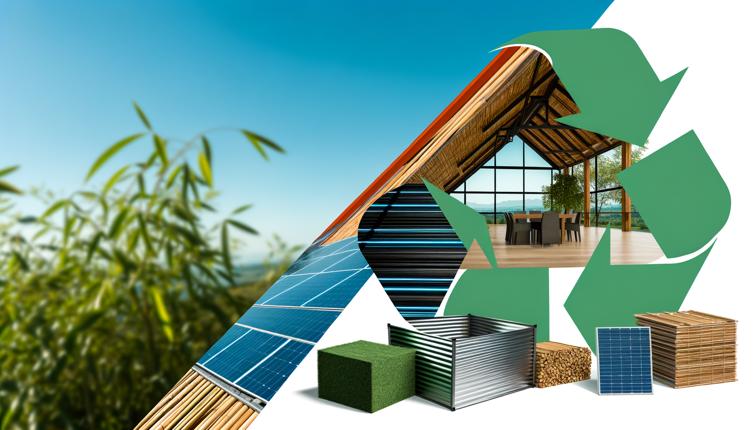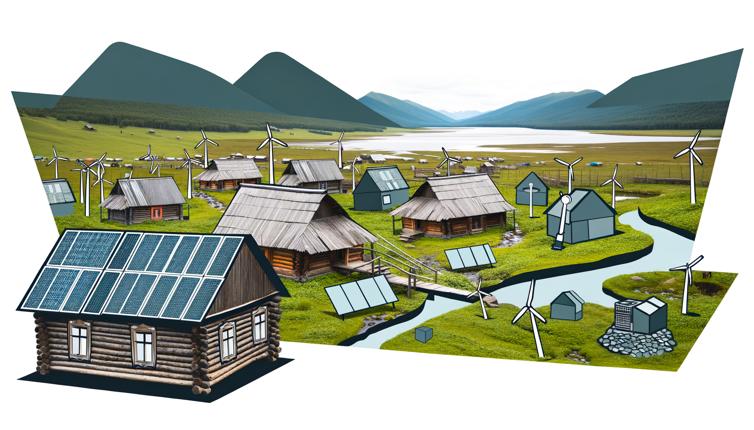1. Bamboo
Bamboo is a rapidly renewable resource that can be used as a building material. It is strong, lightweight, and flexible, making it an ideal choice for various applications. Bamboo can be harvested in just a few years, compared to traditional hardwood trees that take decades to mature. Moreover, bamboo has a high tensile strength, making it suitable for construction purposes.,In addition to being sustainable, bamboo also offers other advantages. It is resistant to pests and has natural antimicrobial properties, reducing the need for chemical treatments. Bamboo can also sequester carbon dioxide, helping to mitigate climate change. Its versatility and eco-friendliness make bamboo an excellent option for eco-conscious builders.
2. Recycled Metal
Using recycled metal is another eco-friendly building material option. Recycling metal helps to conserve natural resources and reduce waste. Steel and aluminum are commonly recycled metals used in construction. They can be reused without losing their structural integrity, unlike other materials that degrade with each recycling cycle.,Recycled metal also has excellent durability and resistance to fire, corrosion, and pests. It can be used for various purposes, such as structural support, roofing, and cladding. Additionally, using recycled metal can contribute to energy savings and reduce greenhouse gas emissions associated with the production of virgin metal.,When choosing recycled metal for construction projects, it is essential to ensure that it is sourced from reputable suppliers who follow environmentally responsible practices.
3. Straw Bales
Straw bales are a natural and sustainable building material that has gained popularity in recent years. They are made from agricultural waste, primarily wheat, rice, or barley straw. Straw bales are an excellent choice for insulation due to their high insulation value. They provide excellent thermal performance, reducing the need for extensive heating and cooling systems.,In addition to their insulating properties, straw bales are also fire-resistant when properly plastered. They are a cost-effective alternative to traditional insulation materials and have a low environmental impact. However, it is essential to protect straw bales from moisture to prevent rot and mold.,Straw bale construction requires careful planning and attention to detail, but it can result in highly energy-efficient and sustainable buildings.
Conclusion
Eco-friendly building materials offer a sustainable solution for construction projects. Bamboo, recycled metal, and straw bales are just a few examples of the many options available. These materials not only help to reduce environmental impact but also provide advantages such as energy efficiency, durability, and improved indoor air quality. As the demand for eco-friendly buildings continues to rise, it is crucial for builders and architects to incorporate these materials into their designs.









